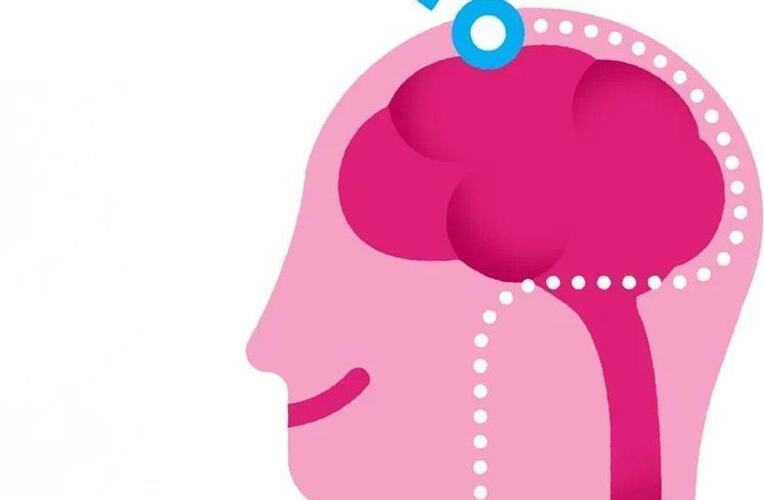Quanta Magazine’s coverage of biology in 2023, including important research progress into the nature of consciousness, the origins of our microbiomes and the timekeeping mechanisms that govern our lives and development.\
\
Read about more breakthroughs from 2023 at Quanta Magazine: https://www.quantamagazine.org/the-bi…\
\
00:05 The Investigation of Consciousness\
Our minds are constantly taking in new external information while also creating their own internal imagery and narratives. How do we distinguish reality from fantasy? This year, researchers discovered that the brain has a “reality threshold” against which it constantly evaluates processed signals. \
- Original story with links to research papers can be found here: https://www.quantamagazine.org/is-it–…\
\
04:30 Microbiomes Evolve With Us\
This year, scientists provided clear evidence that the organisms in our microbiome —the collection of bacteria and other cells that live in our guts and elsewhere on our body — spread between people, especially those with whom we spend the most time. This raises the intriguing possibility that some illnesses that aren’t usually considered communicable might be.\
– Original story with links to research papers can be found here: https://www.quantamagazine.org/global…\
\
08:43 How Life Keeps Time\
The rate at which an embryo develops and the timing of when its tissues mature vary dramatically between species. What controls the ticking of this developmental clock that determines an animal’s final form? This year, a series of careful experiments suggest that mitochondria may very well serve dual roles as both the timekeeper and power source for complex cells.\
- Original story with links to research papers can be found here: https://www.quantamagazine.org/what-m…\
\
- VISIT our Website: https://www.quantamagazine.org \
- LIKE us on Facebook: / quantanews \
- FOLLOW us Twitter: / quantamagazine \
\
Quanta Magazine is an editorially independent publication supported by the Simons Foundation: https://www.simonsfoundation.org/









